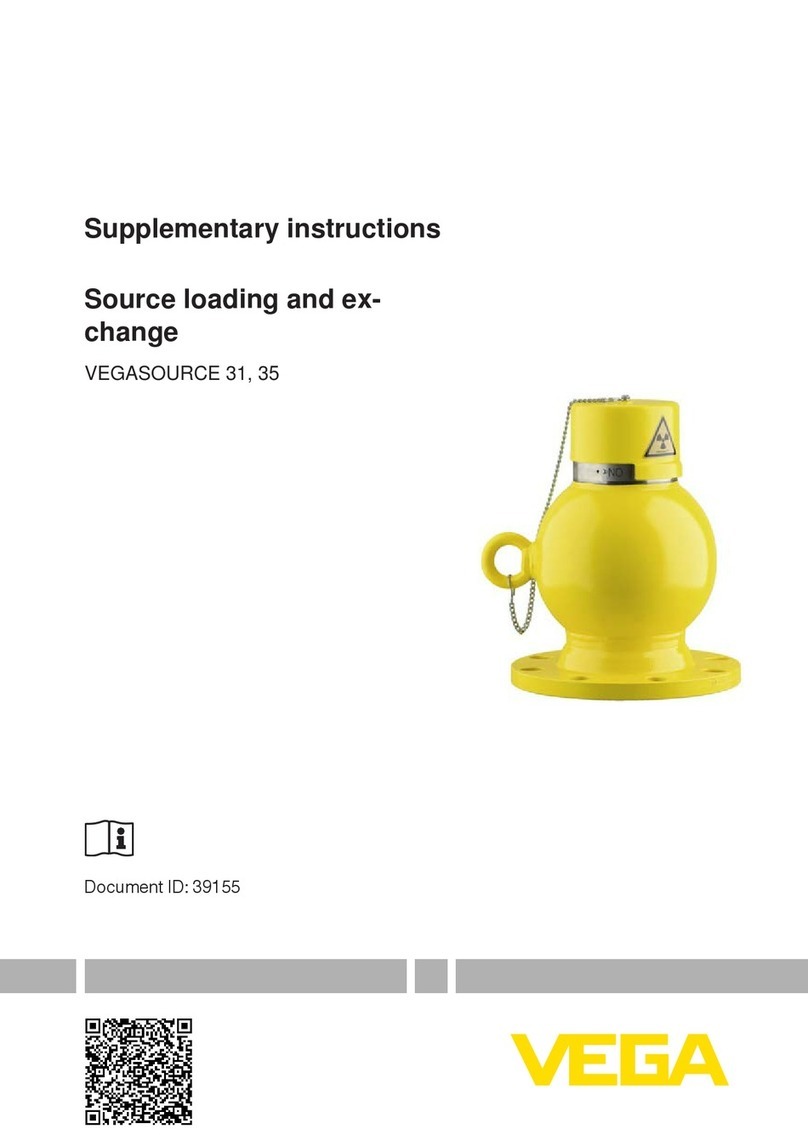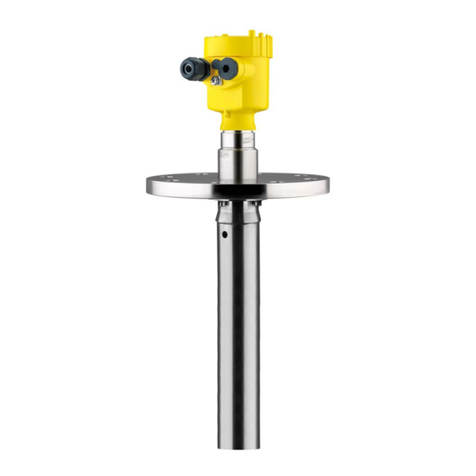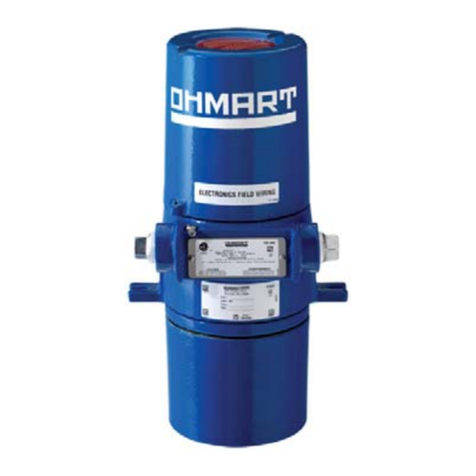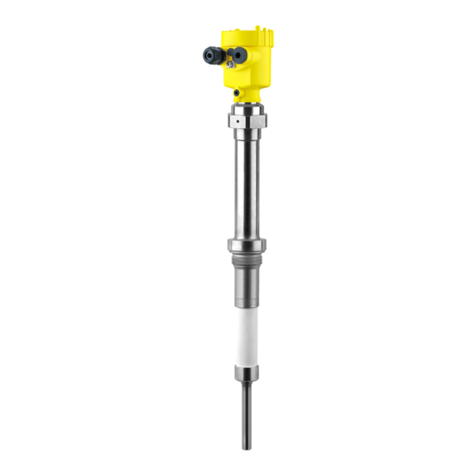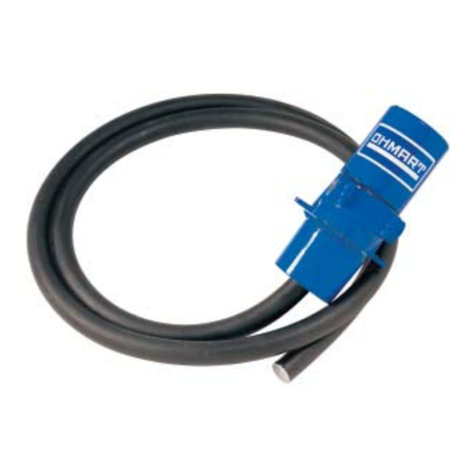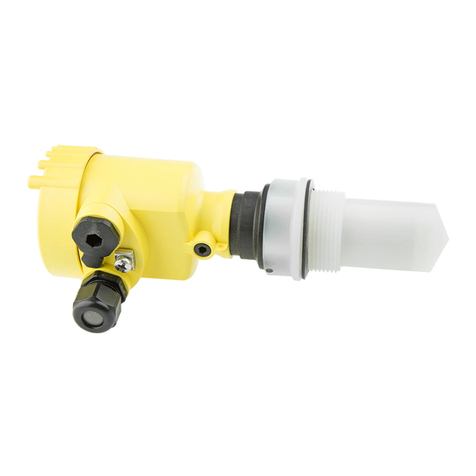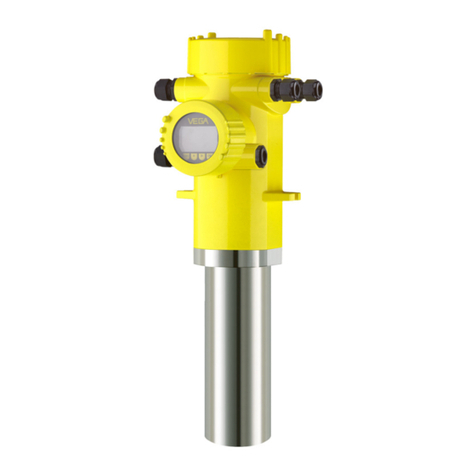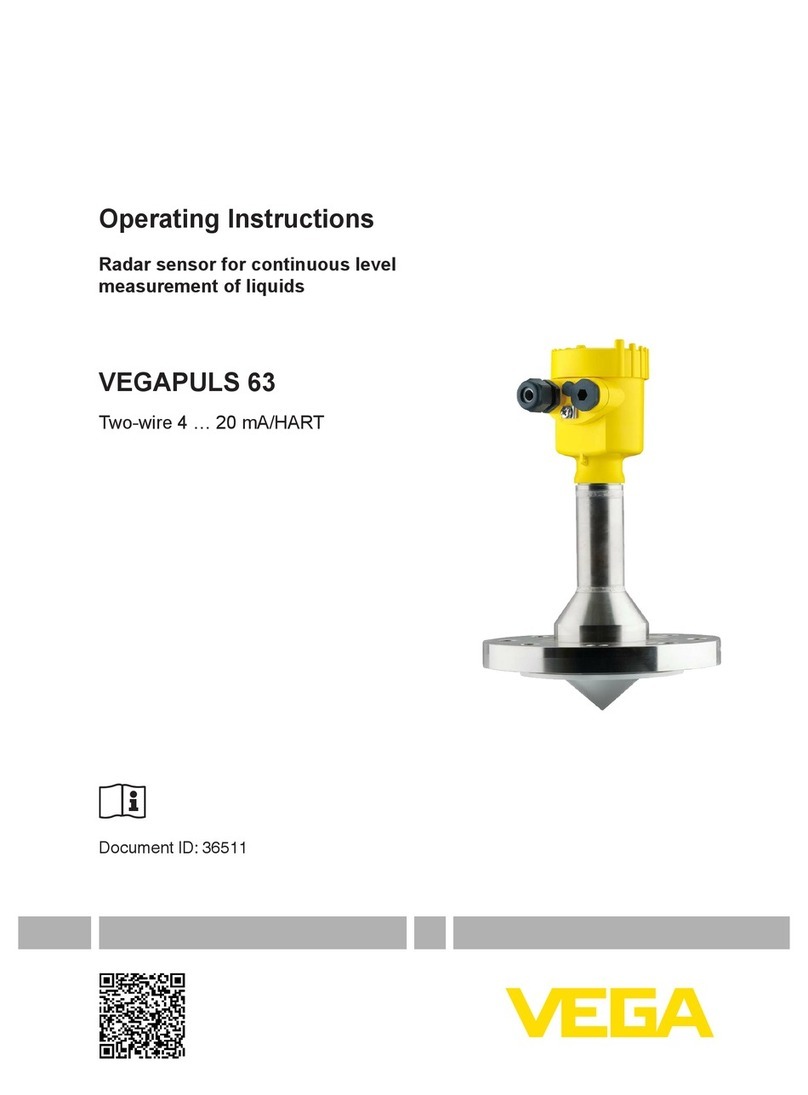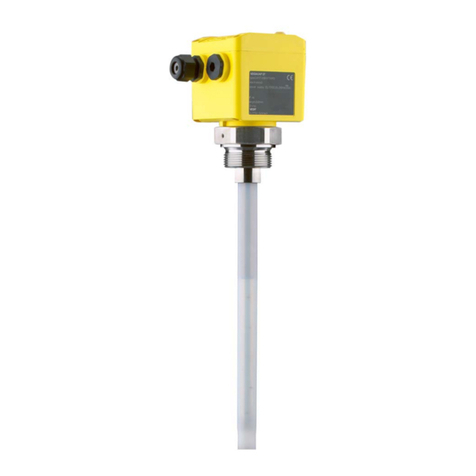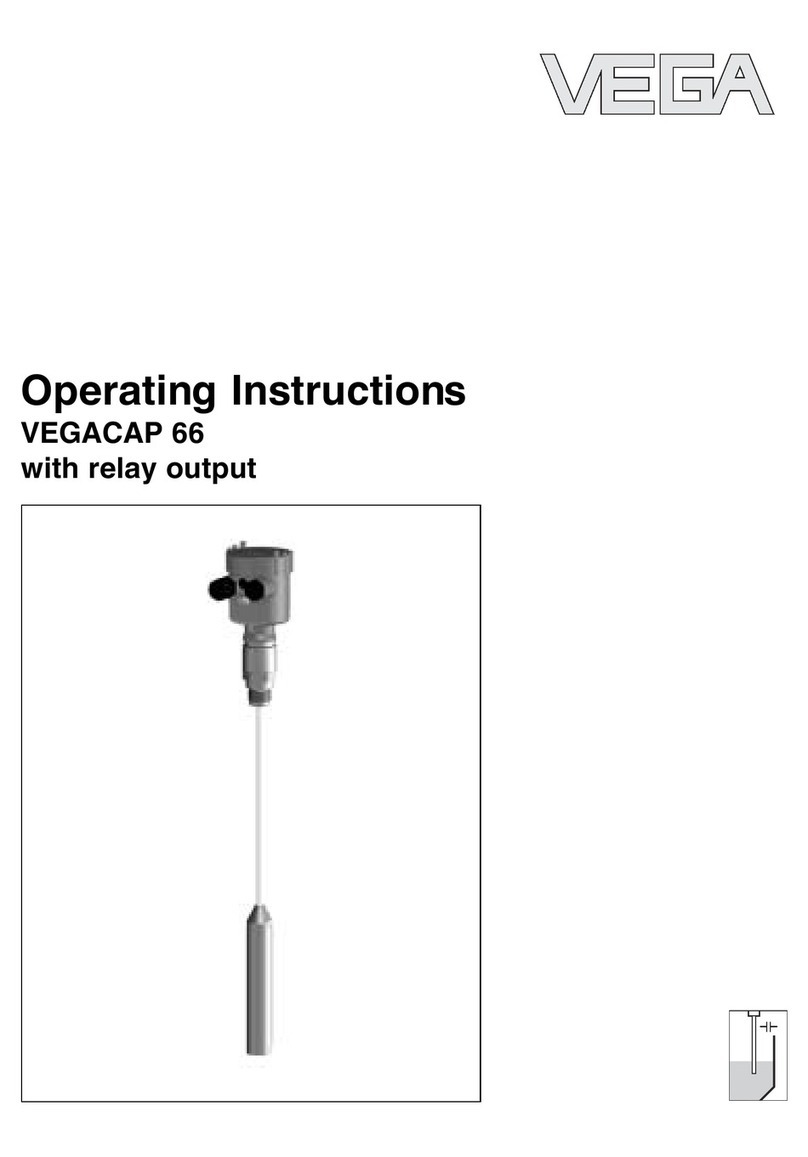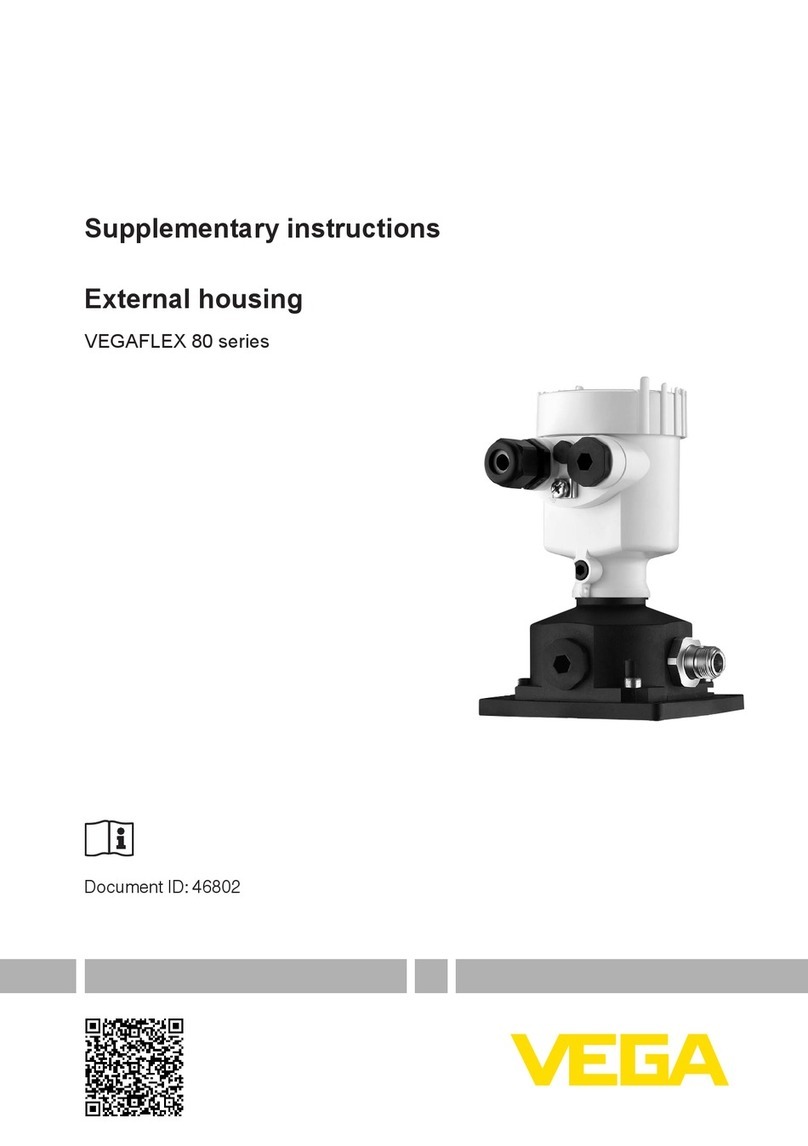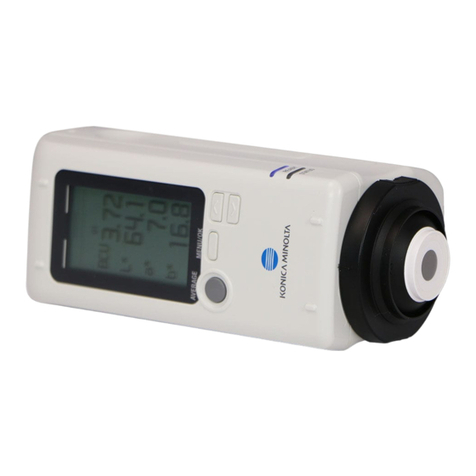
2
Contents
VEGACAP 98 • Relay (DPDT)
33760-EN-230510
Contents
1 About this document ............................................................................................................... 3
1.1 Function ........................................................................................................................... 3
1.2 Target group ..................................................................................................................... 3
1.3 Symbols used................................................................................................................... 3
2 For your safety ......................................................................................................................... 4
2.1 Authorised personnel ....................................................................................................... 4
2.2 Appropriate use................................................................................................................ 4
2.3 Warning about incorrect use............................................................................................. 4
2.4 General safety instructions............................................................................................... 4
2.5 Conformity........................................................................................................................ 5
2.6 Installation and operation in the USA and Canada ........................................................... 5
2.7 Safety instructions for Ex areas ........................................................................................ 5
2.8 Environmental instructions ............................................................................................... 5
3 Product description ................................................................................................................. 6
3.1 Conguration.................................................................................................................... 6
3.2 Principle of operation........................................................................................................ 7
3.3 Adjustment ....................................................................................................................... 7
3.4 Packaging, transport and storage..................................................................................... 8
4 Mounting................................................................................................................................... 9
4.1 General instructions ......................................................................................................... 9
4.2 Mounting instructions ..................................................................................................... 10
5 Connecting to power supply................................................................................................. 12
5.1 Preparing the connection ............................................................................................... 12
5.2 Wiring plan - single chamber housing ............................................................................ 12
6 Setup ....................................................................................................................................... 14
6.1 General information........................................................................................................ 14
6.2 Adjustment elements...................................................................................................... 14
6.3 Function table................................................................................................................. 16
7 Diagnostics and servicing .................................................................................................... 18
7.1 Maintenance .................................................................................................................. 18
7.2 Rectify faults................................................................................................................... 18
7.3 Exchanging the electronics module................................................................................ 21
7.4 How to proceed if a repair is necessary.......................................................................... 22
8 Dismount................................................................................................................................. 23
8.1 Dismounting steps.......................................................................................................... 23
8.2 Disposal ......................................................................................................................... 23
9 Supplement ............................................................................................................................ 24
9.1 Technical data ................................................................................................................ 24
9.2 Dimensions .................................................................................................................... 26
9.3 Industrial property rights................................................................................................. 27
9.4 Trademark ...................................................................................................................... 27
Editing status: 2023-04-26
